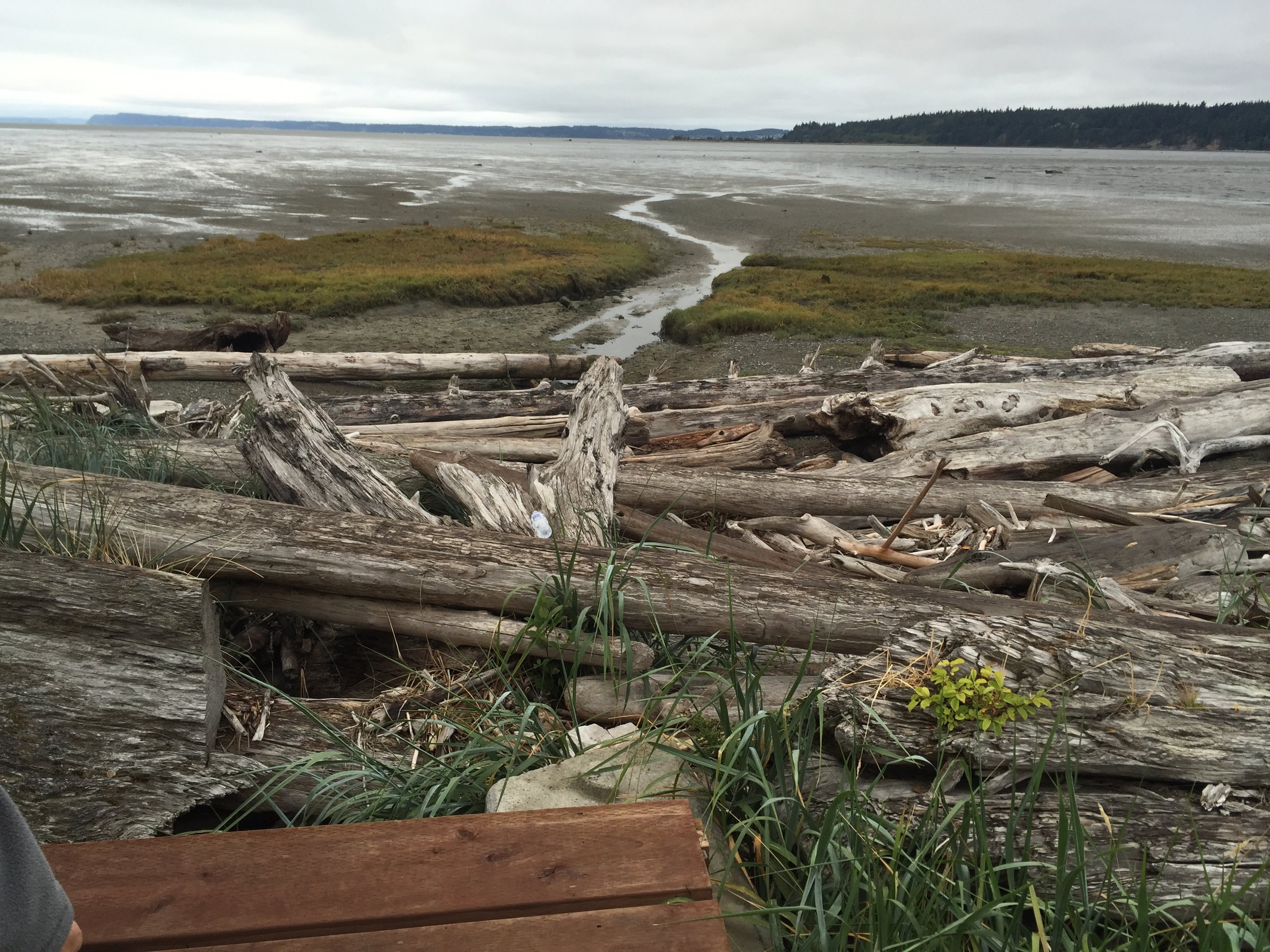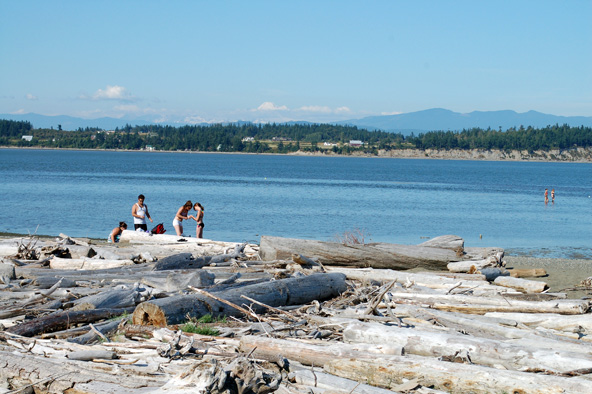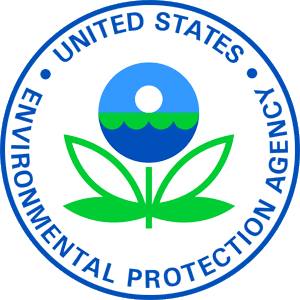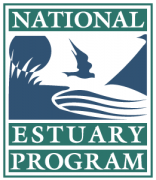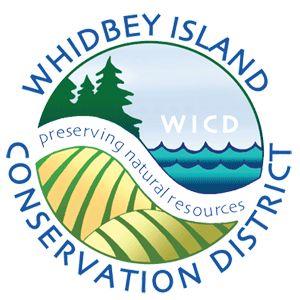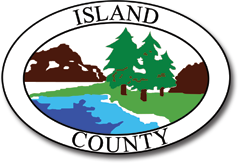LIVINGSTON WATERSHED
The efforts that Snohomish Conservation District made with horse properties in the Livingston Watershed will be expanded to all of Camano Island via a new grant for the Sound Horsekeeping program. This grant should start sometime in 2019.
This 2018 grant helped landowners in the Livingston watershed of Camano Island learn a variety of methods to manage mud and manure, and to improve pasture and soil health on their properties.
Benefits for Landowners
Learn chore efficiency, farm cost-savings, and livestock health tips from Camano and Stanwood area workshops and model farm tours.
Get technical assistance and support to implement methods that will reduce your challenges with mud, manure, and weeds.
Why is all of this important?
Livingston Bay and the Livingston watershed are part of the Port Susan Marine Stewardship Area (MSA), an area of special importance to fish, including salmon, shellfish, and migratory shorebirds. Humans rely on this area to earn a living, enjoy the scenic beauty, recreate, and raise their families. The Port Susan MSA was created to encourage voluntary citizen participation in conserving the area’s natural resources – water, soil, beaches, plant and animal life.
In recent years, Island County's routine water quality monitoring program identified water quality impairments in drainage ditches leading to Livingston Bay.
Project Goal
Ultimately, we aim to see better water quality reports in the Livingston watershed.
If you live in the Livingston watershed and have questions, suggestions for workshops, or would like farm planning assistance, please contact us! As always, our assistance is free and non-regulatory.
Kathryn Wells, Communications Program Manager
Kathryn@snohomishcd.org
425-377- 7024
Photos courtesy of Snohomish Conservation District (top), and Whidbey Camano Land Trust (bottom)
Port Susan Marine Stewardship Area
Livingston Watershed
Program Partners:
This project has been funded wholly or in part by the United States Environmental Protection Agency under assistance agreement WQNEP-2016-WhIsCD-0000 to Whidbey Island Conservation District. The contents of this document do not necessarily reflect the views and policies of the Environmental Protection Agency, nor does mention of trade names or commercial products constitute endorsement or recommendation for use.
* Funding is from the U.S. Environmental Protection Agency’s National Estuary Program through the Washington Department of Ecology. Whidbey Island Conservation District is a partner on this grant, and is working in the Maxwelton watershed on Whidbey Island.

